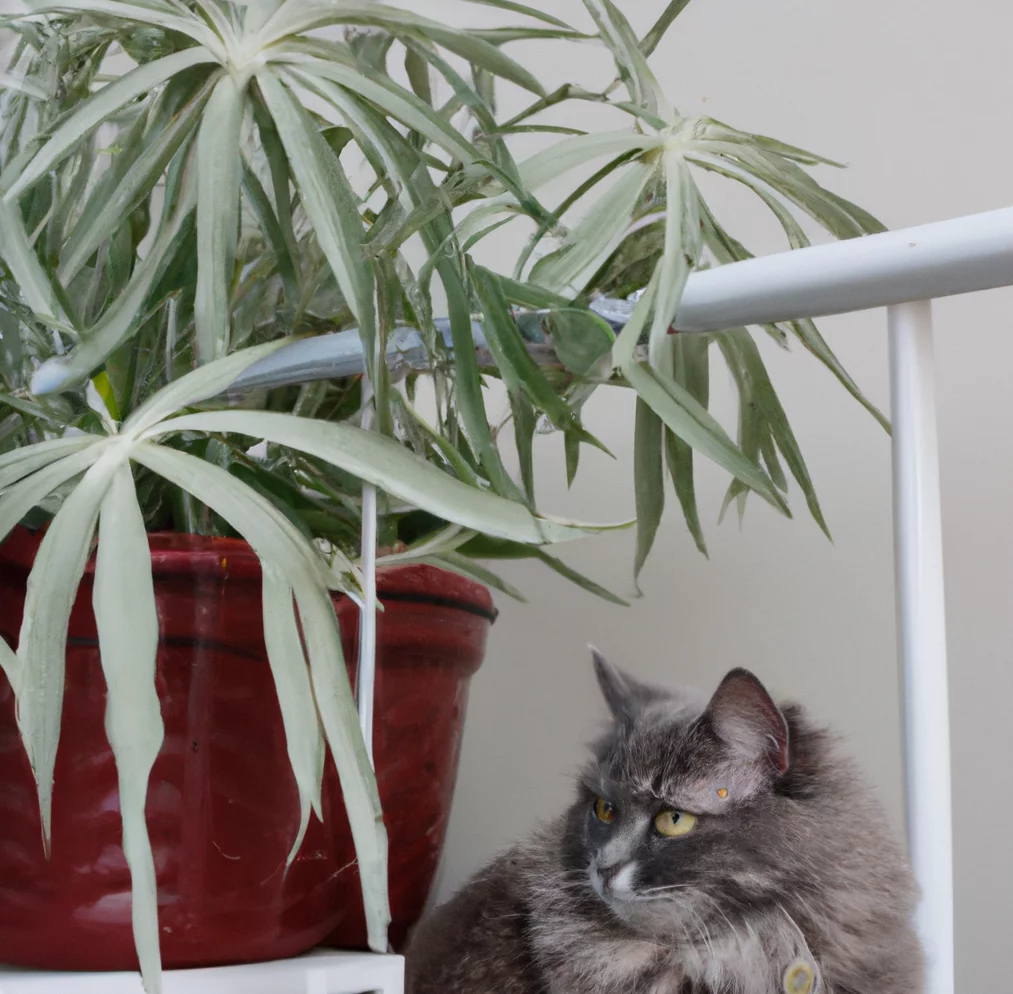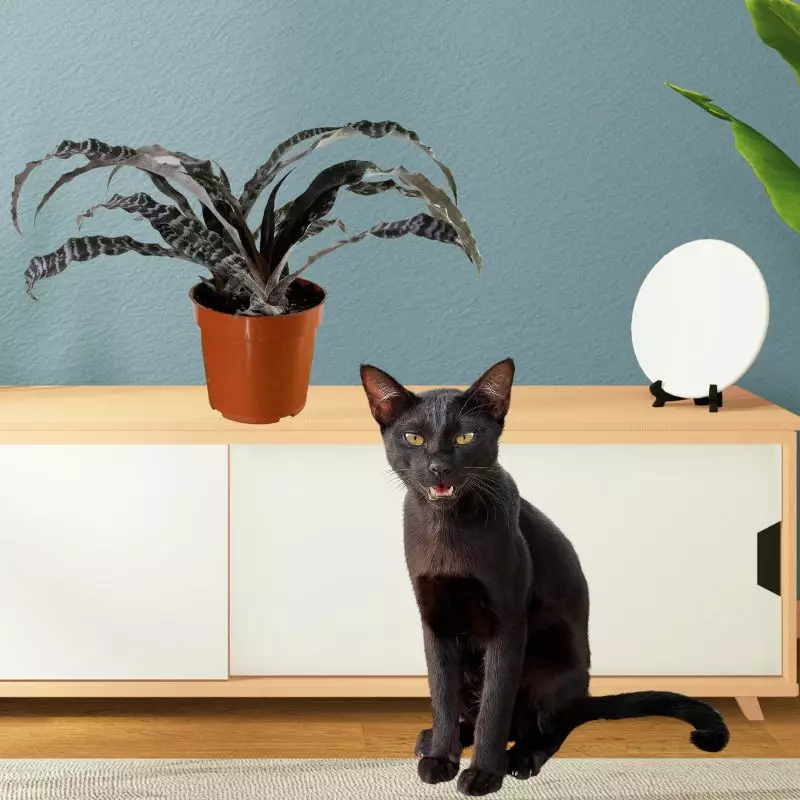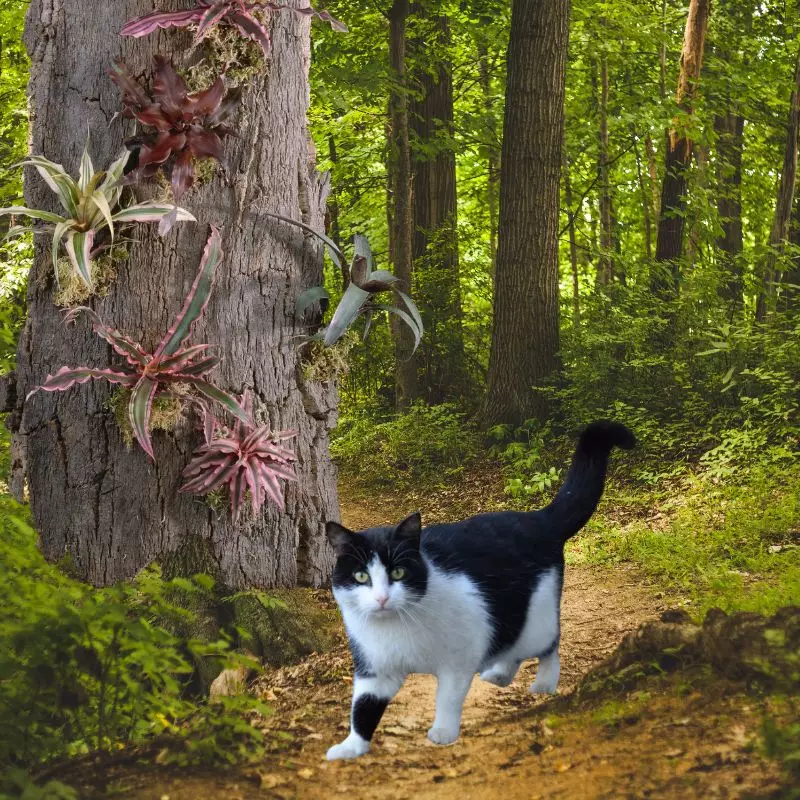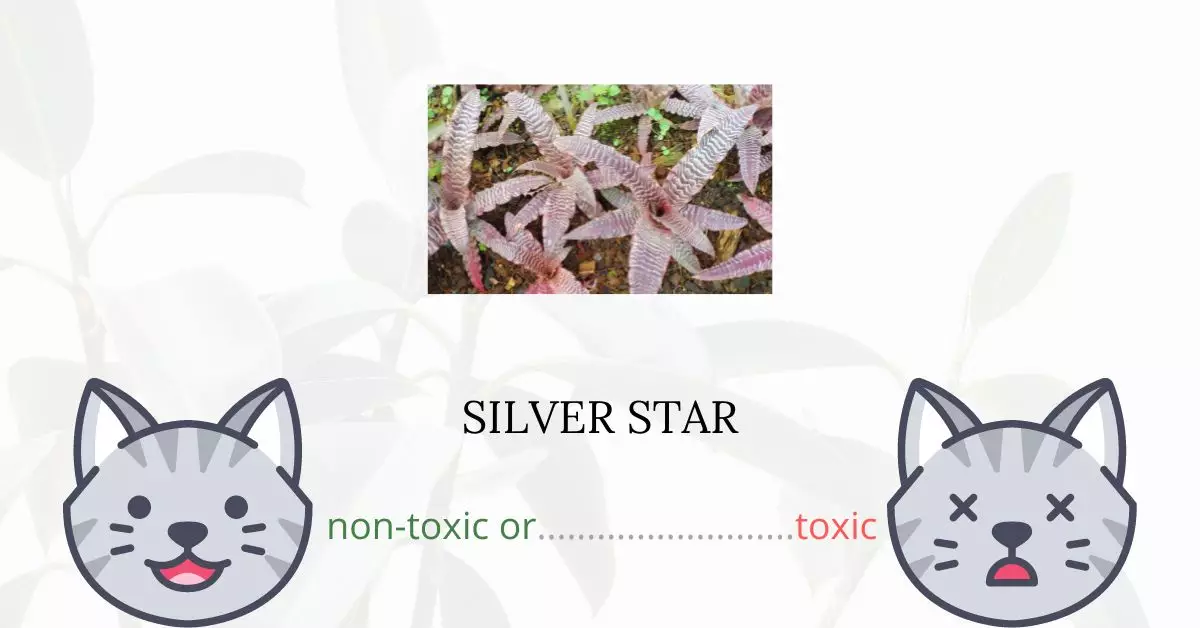No, the Silver Star is not toxic for cats. This conclusion isn’t merely based on casual observation but has been corroborated by thorough research and consultation.
This article is a collaborative effort with a team of experienced DVMs (doctors of veterinary medicine). With their insights and expertise, we are able to furnish accurate and current details regarding the potential risks posed by various plants, with a focus on the Silver Star for this discussion. In addition to our veterinary consultations, we have also referenced high-authority websites such as the ASPCA (American Society for the Prevention of Cruelty to Animals) and PetMD to ensure the validity of our claims.
While the Silver Star is deemed safe for our feline friends, it’s essential to note that this doesn’t imply indiscriminate consumption of plants by cats should be encouraged or overlooked. Always monitor your pets around household plants to prevent any unforeseen issues.
Can Cats Eat Silver Star?

Generally, it is not advisable for cats to eat vegetation because they are carnivores. Although it wouldn’t hurt your cat in case he has eaten a tiny bit of silver star. The silver star does not contain poisonous properties so save your worries.
As a cat owner, you should not be complacent in allowing your cats to nibble on your plants on a regular basis. Overeating plants may result in feline indigestion. Vomiting, diarrhea, and other gastrointestinal symptoms may occur as a result of this condition. There is no need to fret as these symptoms typically subside once the plant matter is out of their bodies.
Some cats may be also sensitive and have allergic reactions to certain plants. Thus, we should always be watchful of what our cats feed on.
What is a Silver Star?

Silver star, also referred to by its scientific name Cryptanthus lacerdae, is a lovely, compact flowering plant with widely triangular leaves. These magnificent decorative species are endemic to Brazil.
In a full, leafy rosette, it is grouped lengthwise with three rows of silvery trichomes over a primary color of reddish chestnut-brown. This Bromeliaceae plant produces an abundance of offsets on long stolons and grows four to eight inches across.
The majority of Cryptanthus species require bright, diffused light to show off their full color, not direct sunlight. When first introduced, the silver star was both incredibly rare and reasonably expensive.
Keeping Cats Away From Silver Star

The odor barrier technique is used by commercial cat repellents to deter cats from entering a space. The shake-away powder has the coyote, fox, and bobcat scents that cats are afraid of. This deterrent is available in granular form, which you can easily sprinkle around the trouble spot. The product is also organic and non-toxic, so it won’t harm your plants.
Cats don’t like the scents that some plants emit. One example is a plant known as the “scaredy cat plant,” or Coleus Canina. Rue, lavender, and pennyroyal are additional plants that are suggested for preventing cats from entering yards. These can be planted between your other plants to keep cats away.
Some recommend mothballs or used coffee grounds, while others recommend eucalyptus or vinegar. Because the odor of these items bothers cats, you can scatter them around your plants. Cayenne pepper flakes can be used as well, but they are inhumane. They can sting and injure your cats.
Plants to Avoid For Your Cats
If you are a cat owner and unsure if the plants growing in your yard are harmful to your cats, check out this list of toxic plants for cats. You can also check our list of non-toxic plants for cats.





